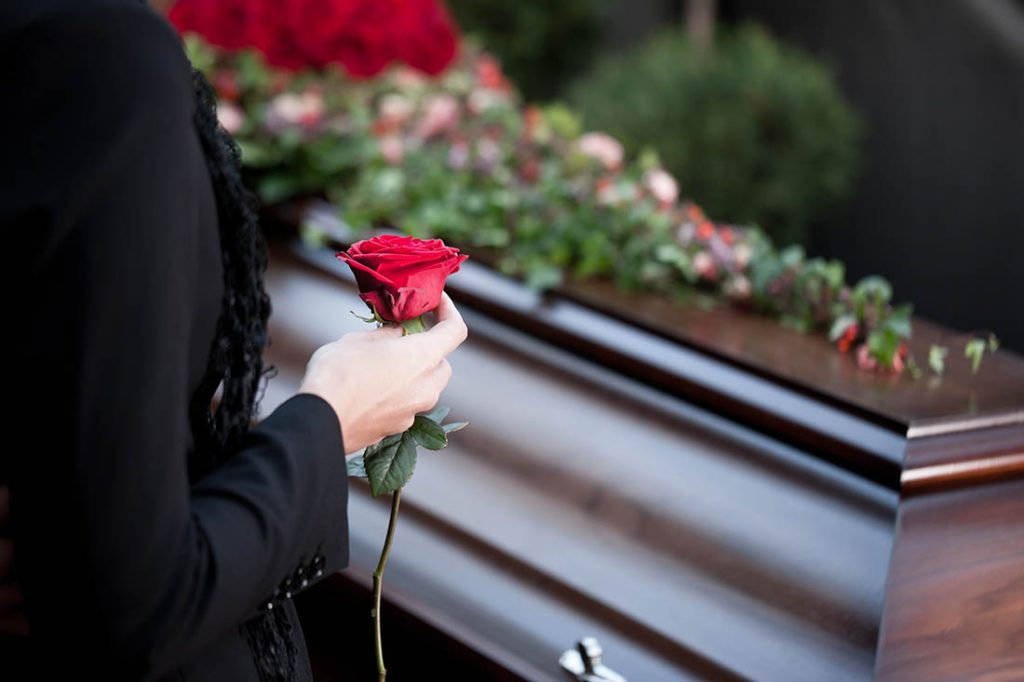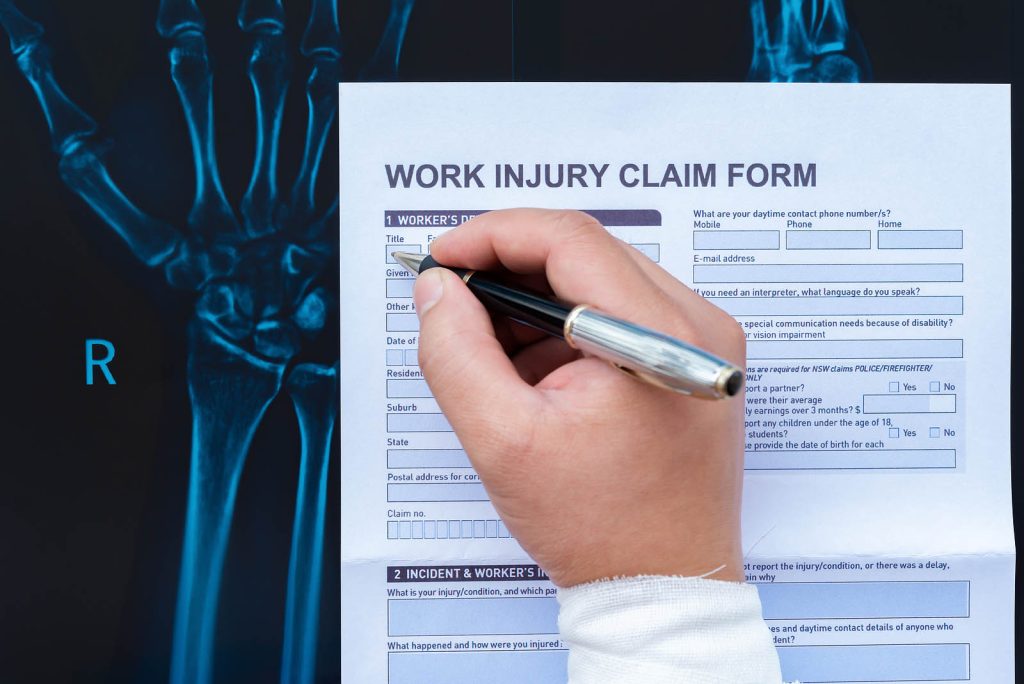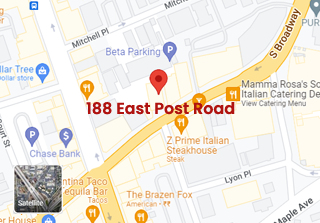A collision between a school bus and a train on the morning of March 26, 1972 claimed the lives of five students and seriously injured 46 others.
The AP Reported
Two of the youngsters were killed when pinned under the train and one died en route to a hospital. Five of the injured were reported in serious condition, some with loss of limbs.
At Nyack Hospital where all seven operating rooms were in use, TIMOTHY WILKINS, 16, one of the 50 passengers on the bus, described the scene:
“All of a sudden, someone yelled, ‘Train.’ I looked up and the train was there. I heard the train brakes and I heard the engine – that’s all you could hear. I just couldn’t believe it. It was unreal.”
Young victims, twisted wreckage, books and lunches were scattered around the scene, in Rockland County some 25 miles northwest of New York City.
Volunteer firemen swarmed to the scene in response to a mutual aid alarm. They used earth-moving equipment and acetylene torches to clear the debris and free the victims.
The driver of the bus was convicted of criminally negligent homicide in the deaths of the five students. It was reported that he was a full time fireman and only a part time bus driver who had been driving that route for only a week. He was sentenced to probation
The tragedy that claimed the lives of these students and devastated their families and the community lead to changes in bus safety. The Town agreed to install automatic gates and warning lights at the railroad crossing. New York law requires school buses to come to a complete stop at every railroad crossing even if the gates are up and there is no train in sight. While buses are much safer now then they were in 1972, there are still too many instances where bus passengers are injured.
As attorneys, we have been called upon to represent the families of those killed in car accidents and other vehicle crashes in what is known as a wrongful death action. Counseling the surviving family members and guiding them through the litigation process with compassion and caring is among the most difficult parts of being a trial lawyer.
Please take a moment to think of the families of the 1972 Gilchrist railroad crossing accident as we approach the 44th anniversary of this tragedy.








